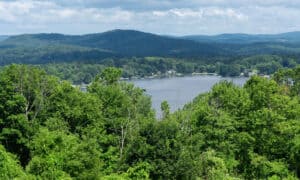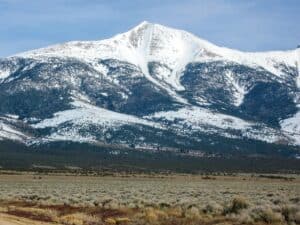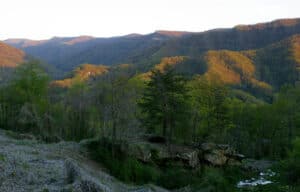Mountains are some of the most breathtaking sights in the world, standing tall and proud with their jagged peaks. They are popular with skiers, climbers, and hikers alike, who take to the rugged slopes for an exciting adventure. Although Mount Everest is well-known as being the tallest mountain in the world, there are still some other high mountains that are unique in their own right. So, let’s discover the tallest mountain in Canada!
What Is the Tallest Mountain in Canada?
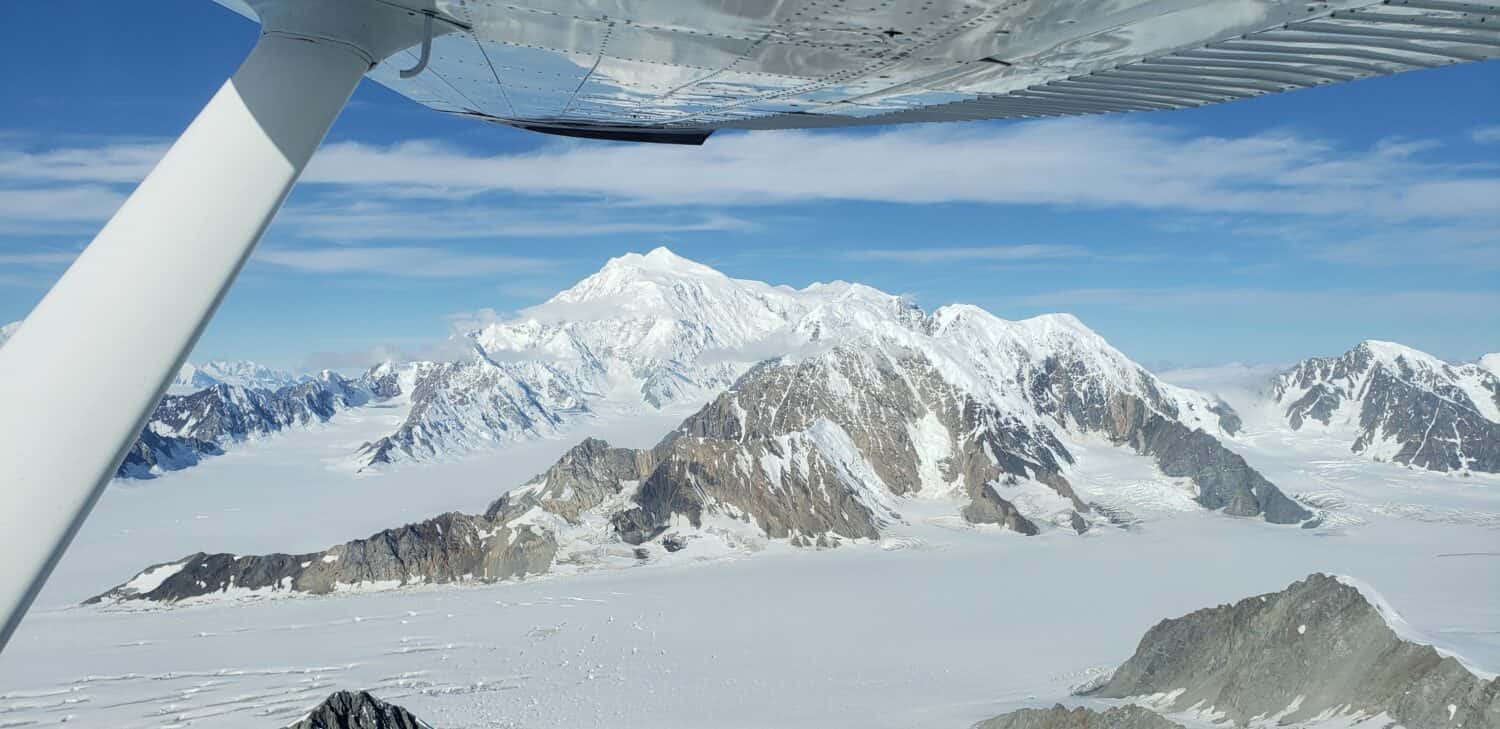
Mount Logan is currently 19,551 feet high but is actually still rising.
©Diana Martin-Ioja/Shutterstock.com
The tallest mountain in Canada is Mount Logan which stands 19,551 feet high. Incredibly, Mount Logan is still rising as it grows approximately 0.35mm per year due to tectonic uplifting. Prior to 1992 Mount Logan only had an estimated height as it had never actually been accurately measured. However, in May 1992 an expedition was undertaken to climb the mountain and measure it using GPS, giving it’s exact height which is recognized today.
Incredibly, Mount Logan is also one of the largest non-volcanic mountains in the world when measured by its base circumference. This is because the circumference is a massive 25 miles long and includes a massif with a total of 11 peaks which are more than 16,400 feet high.
Where is Mount Logan?
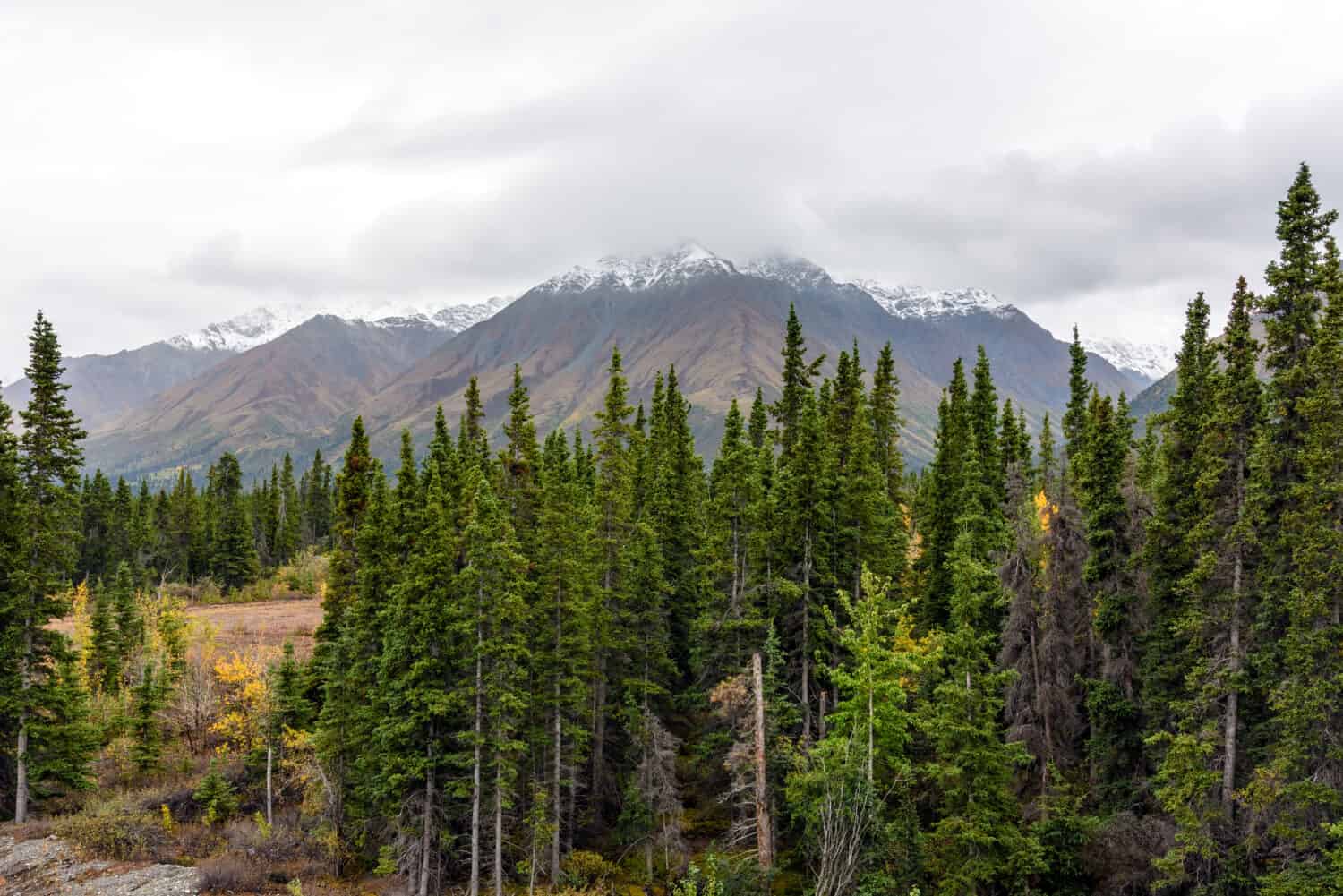
Kluane National Park in Yukon Territory is the location of Mount Logan.
©Adam Cegledi/Shutterstock.com
Mount Logan is located in southwestern Yukon, within the Kluane National Park. Yukon is the western-most territory in Canada and the mountain is located just 25 miles from the Yukon-Alaska border.
Mount Logan is considered to be one of the most remote mountains in the world and therefore was not even discovered until 1890. It was first spotted by Israel C. Russell, an American geologist, when he was exploring the nearby Mount Saint Elias. Russell also gave the mountain its name.
Climbing Mount Logan
Mount Logan is a challenging mountain to climb, and not just because of the difficulty in scaling its peaks. The weather conditions can be harsh on the mountain, with temperatures around at −49 °F in winter and −17 °F in summer. There’s also significant snow on the mountain and the temperatures rarely rise enough to melt it, even in the summer.
However, when it comes to actually climbing the mountain, its isolated location makes it difficult to even get to, with climbers typically needing to charter a flight to get there. Once on the mountain the climb requires the navigation of several glaciers and numerous rocky crevices.
The first group to ascend the mountain were a team of Canadian, American, and British climbers who managed to reach the summit in 1925. There have been many successful expeditions since 1925, although there have also been several fatalities too. In fact, in 2020 the climbing rules for the mountain were changed to try to lessen the risk.
The rules set by Kluane National Park now state that there are to be no solo expeditions on the mountain, no winter expeditions, and climbers must have their own insurance to cover the cost of any search and rescue missions.
Flora and Fauna on Mount Logan
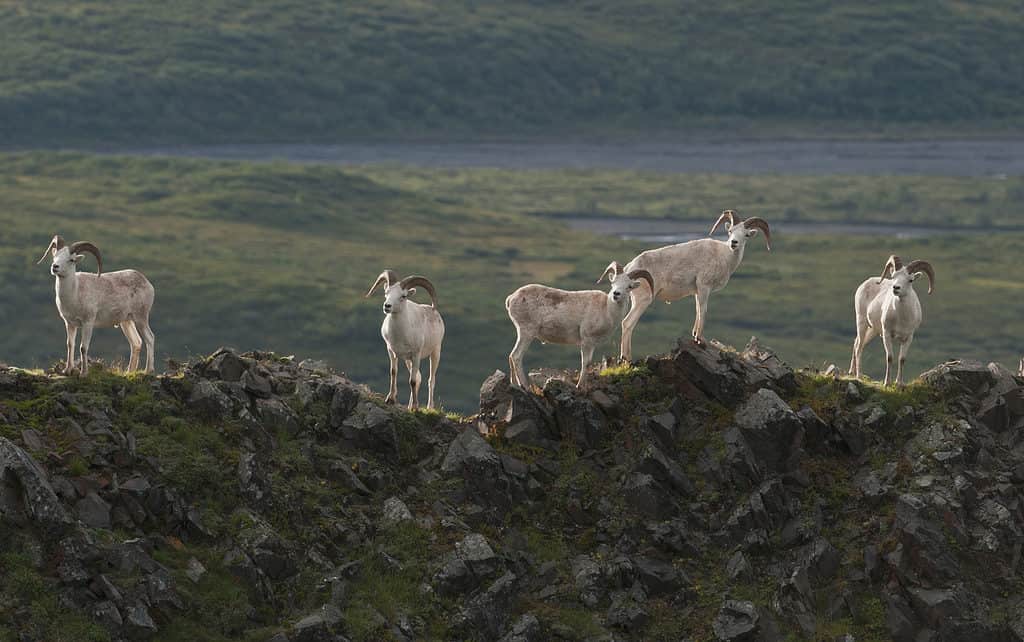
Dall sheep are just one of many animals that live on Mount Logan.
©iStock.com/RONSAN4D
As you might expect, Mount Logan has a diverse range of flora and fauna on it. Much of the national park and the lower slopes of the mountain consists of montane forests with a variety of white spruces, balsam poplars, and trembling aspens. In the transition zone at around 4,000 feet there are mainly willows and birches, while higher up the mountain there are mosses, lichen, and small shrubs.
Although the landscape is harsh, the largely untouched wilderness is the perfect place for animals to thrive. Hardy herbivores such as mountain goats and Dall sheep are predominant as they can easily clamber across the slopes on their nimble legs. However, there are also several top predators in the area, including brown bears and wolves. Other animals across the national park include coyotes, marmots, foxes, and beavers. There are also more than 100 species of birds in the region too — including both golden eagles and bald eagles.
How Does Mount Logan Compare to Other North American Mountains?
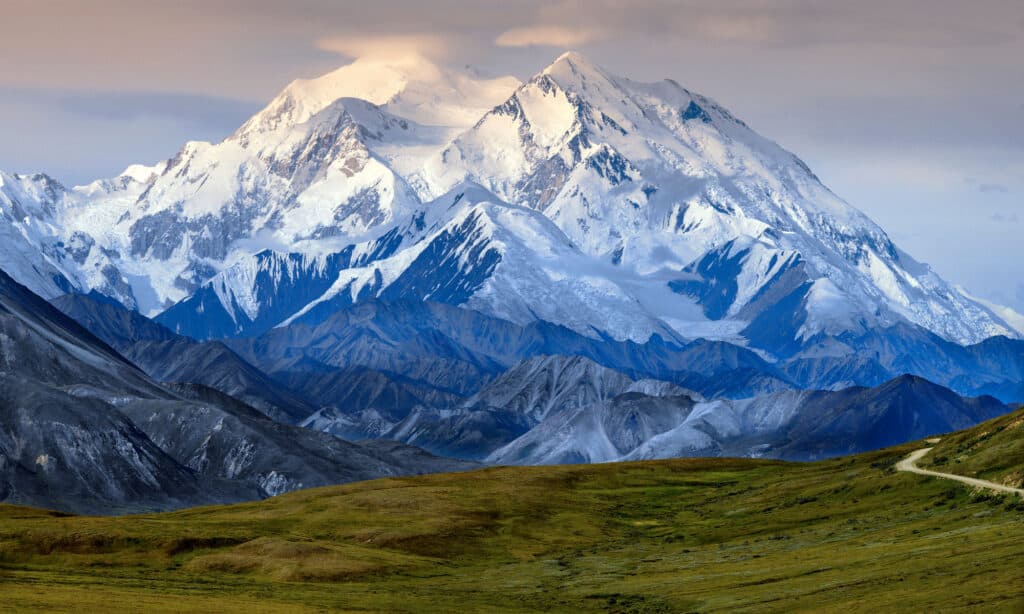
Denali is just 759 feet taller than Mount Logan.
©iStock.com/SteveAllenPhoto
Now that you know how high Mount Logan is, you’re probably wondering how it measures up to other mountains in North America.
Following Mount Logan, the second tallest mountain in Canada is Mount Saint Elias. Mount Saint Elias is located just 26 miles from Mount Logan and straddles the border between Canada and Alaska. It stands 18,009 feet high, meaning that Mount Logan is 1,542 higher. Given its unique location, Mount Saint Elias is also the second highest mountain in the Unites States after Denali.
Denali is located in Alaska and was formerly called Mount McKinley. It is the tallest mountain in the US with a height of 20,310 feet. This means that Denali is just 759 feet higher than Mount Logan. Denali and Mount Logan are the two highest mountains in North America.
Where is Mount Logan Located on a Map?
Mount Logan holds the title of being the highest mountain in Canada and the second-highest peak in North America, next only to Denali. Its name pays tribute to Sir William Edmond Logan, a Canadian geologist and the founder of the Geological Survey of Canada.
Here is Mount Logan on a map:
The photo featured at the top of this post is © iStock.com/bruceman
Thank you for reading! Have some feedback for us? Contact the AZ Animals editorial team.



